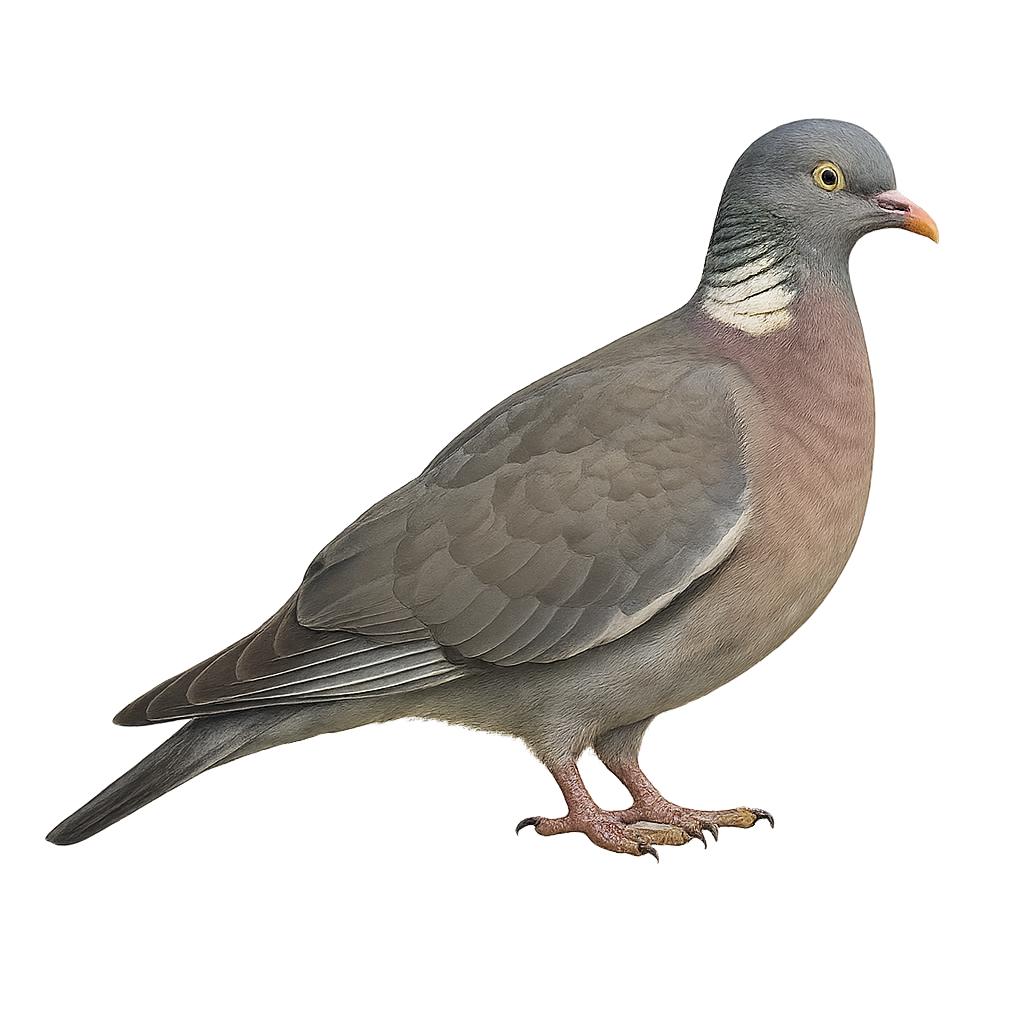Your wildlife photography guide.
Explore the common wood pigeon in detail, study its behavior, prepare your shots.
Where to observe and photograph the common wood pigeon in the wild
Learn where and when to spot the common wood pigeon in the wild, how to identify the species based on distinctive features, and what natural environments it inhabits. The WildlifePhotographer app offers tailored photography tips that reflect the common wood pigeon’s behavior, helping you capture better wildlife images. Explore the full species profile for key information including description, habitat, active periods, and approach techniques.
Common Wood Pigeon
Scientific name: Columba palumbus

IUCN Status: Least Concern
Family: COLUMBIDAE
Group: Birds
Sensitivity to human approach: Suspicious
Minimum approach distance: 10 m
Courtship display: March to August
Incubation: 16-18 jours
Hatchings: March to September
Habitat:
Forests, parks, gardens
Activity period :
Primarily active during the day, with peak activity in the morning and late afternoon.
Identification and description:
The Common Wood Pigeon, or Columba palumbus, is one of the largest pigeons in Europe, easily identifiable by its large size and distinctive white markings on its neck and wings. It has a grey-blue plumage with a pinkish breast and greenish neck sheen. Often seen in parks, gardens, and forests, it feeds mainly on seeds, fruits, and young shoots. Its flight is strong and direct, often accompanied by loud wing beats. The Wood Pigeon is also known for its soft, soothing cooing, which often echoes through woods and countryside.
Recommended lens:
400 mm – adjust based on distance, desired framing (portrait or habitat), and approach conditions.
Photography tips:
To photograph the Common Wood Pigeon, opt for early morning or late afternoon when the light is soft. Use a telephoto lens of at least 400mm to capture details without disturbing the bird. Be patient and discreet, hiding behind trees or bushes to get closer. Avoid sudden movements and wait for the pigeon to be comfortable to get natural shots. Take advantage of moments when it is feeding or resting to capture interesting behaviors.
The WildlifePhotographer App is coming soon!
Be the first to explore the best nature spots, track rutting seasons, log your observations, and observe more wildlife.
Already 1 439 wildlife lovers subscribed worldwide

